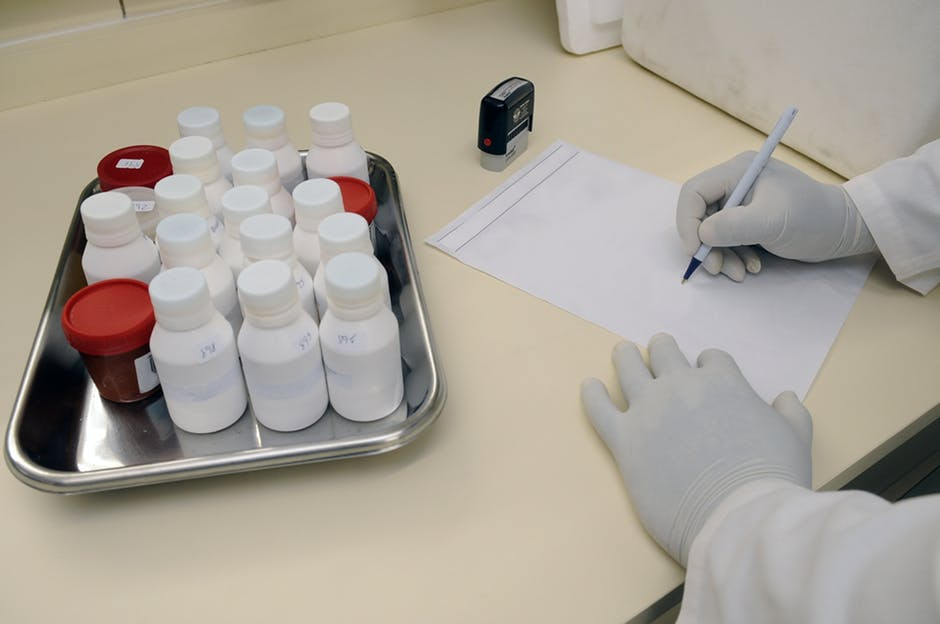Empirical and Molecular Formula
A chemical compound is indicated in different ways in chemistry like by its common name, such as benzene or it can be indicated by its chemical formula. The chemical formula gives information of atoms specifically present in the chemical compound. The chemical formula is expressed as a molecular and empirical formula. In both of them, there is the difference in their subscript. In the molecular formula, subscript depicts a total number of atoms in molecule whereas in empirical formula subscript depicts the ratio of atoms in molecule e.g. hexane molecule molecular formula is expressed as C6H14, and its empirical formula is C3H7 expressed as a simplest ratio.
Determination of empirical formula of a compound can be done if mass percent of various elements in a compound is known, and further molecular formula can be obtained if molar mass is already known.
Determination of Empirical formula
Firstly, given mass percent is converted into grams, then masses obtained from mass percent are divided by their atomic masses of different elements to get moles of each of the element. Then the smallest value of the mole is divided by the mole value of other elements. If the ratios are not the whole number then they are converted into the whole number by multiplying with a suitable coefficient. The empirical formula is thus obtained is represented by writing numbers after symbols of respective elements.
Determination of Molecular formula
From the empirical formula mass, one can determine molecular formula if molar mass of the compound is known. Atomic masses of different atoms in the empirical formula are added to obtain empirical formula mass. The molar mass of the compound is divided with obtained empirical formula mass to obtain a value. The value obtained is multiplied with an empirical formula to get molecular formula.



